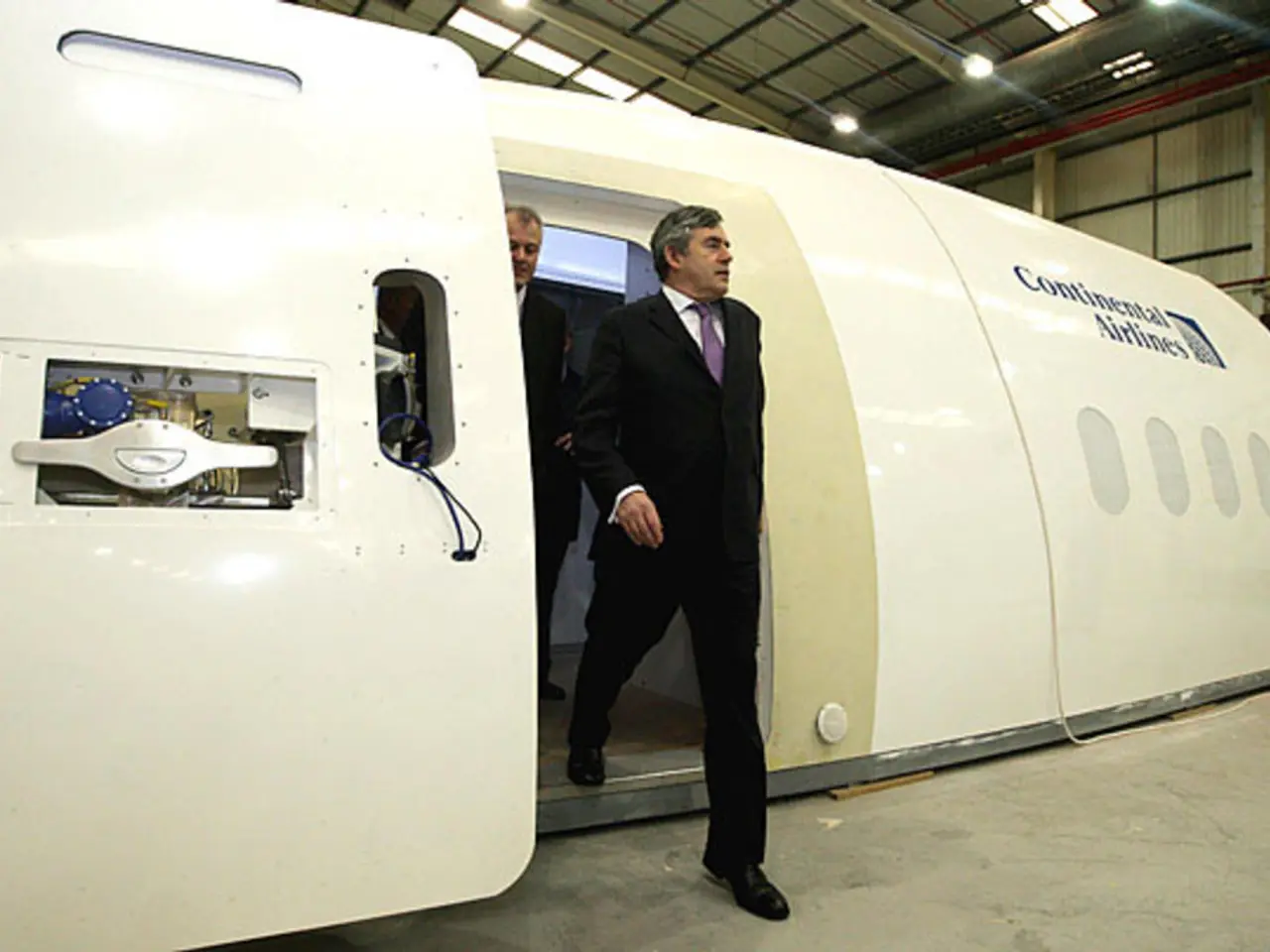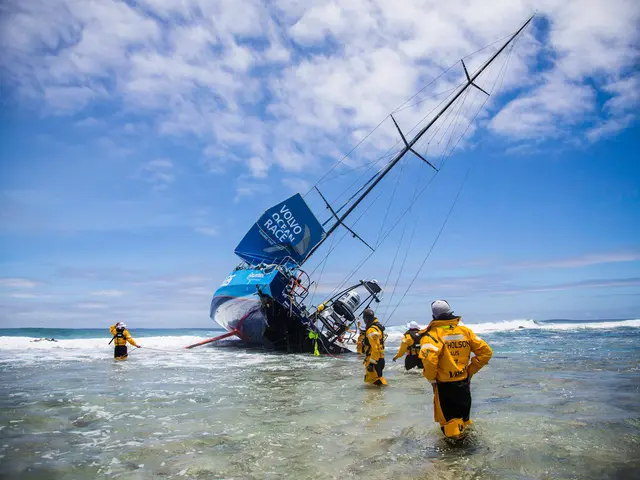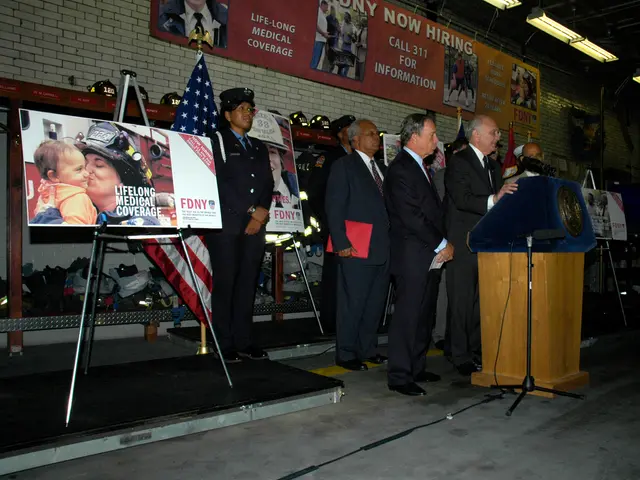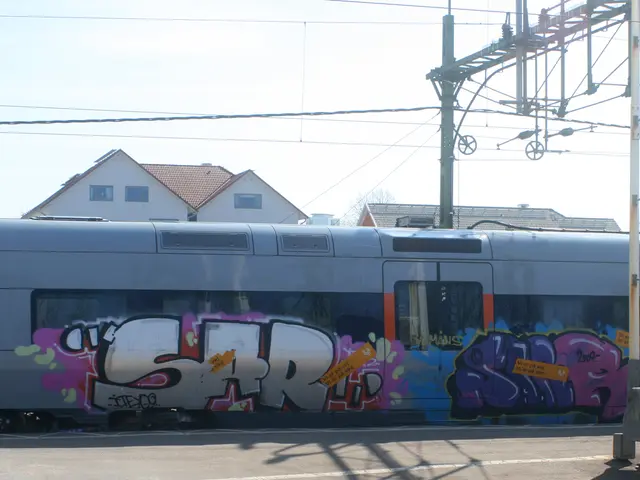Competition in Cold War espionage and the debatable employment of illegally obtained aircraft blueprints for the creation of supersonic airlines
The Tu-144, a Soviet supersonic airliner, has often been referred to as a 'Concorde clone' due to its striking external similarity and the historical context of Soviet espionage reportedly stealing Concorde blueprints, which influenced its design. However, a closer look reveals that while the Tu-144 bore a resemblance to Concorde outwardly, it differed significantly in engineering, reliability, and performance.
Western journalists nicknamed the Tu-144 "Concordski" because of its similar supersonic delta-wing shape and layout. It is documented that Soviet intelligence acquired Concorde technical documents, which substantially influenced the Tu-144’s conceptual design. Yet, the Tu-144 had a simpler, cruder design, with a different wing equipped with canards (small forward wings) which Concorde lacked. Its engines were heavier and less efficient, requiring afterburners at cruise, unlike Concorde’s more advanced and reliable engine design.
The Tu-144's performance and range were also inferior to Concorde's. Although the Tu-144 was faster on paper and carried more passengers, it had a significantly shorter range and suffered poor low-speed control. The aircraft also used braking parachutes for landing, unlike Concorde, indicating less advanced aerodynamic and systems engineering.
Safety and reliability were major concerns for the Tu-144. It crashed twice early in its career, including a high-profile crash at the 1973 Paris Air Show, leading to a short and troubled passenger service life lasting just 55 flights. Concorde, by contrast, had excellent safety and reliability despite one tragic 2000 crash caused by foreign object damage, not design failure.
The Tu-144’s production relied on an automated method that led to unsafe structural design choices. Concorde benefited from a longer, more collaborative Western development process emphasizing reliability and comfort.
Despite its challenges, the Tu-144 demonstrated Soviet aerospace capability but was ultimately unsustainable as a commercial supersonic jetliner. Concorde, on the other hand, represented a pinnacle of engineering cooperation and success, despite limited commercial viability.
The development of the Concorde took place during the Cold War, a period marked by widespread espionage. The Tu-144 was not the only competitor Concorde faced; the Boeing 2702 and Lockheed L-2000 were also in development. All four designs - Concorde, Tu-144, Boeing 2702, and Lockheed L-2000 - shared similarities, such as a delta wing and overall shape. However, the practical use of Concorde blueprints for the Tu-144 development team was limited.
The Boeing 2707-300 did not have a drooping nose, unlike the other three designs. The Tu-144 continued its use for cargo and NASA missions until 1999. The Boeing 2702 and Lockheed L-2000 were ultimately canceled during the development of the Concorde.
As for the future of supersonic flight, the Lockheed Martin X-59 Quesst is currently the aircraft under development for resuming supersonic flight in airlines. This aircraft is being built for NASA to address sonic boom and fuel usage issues in supersonic flight, potentially having the last word in the race towards supersonic flight for airliners, given the cancellation of the L-2000 decades ago.
In summary, while the Tu-144 was heavily inspired by Concorde’s design due to espionage and parallel supersonic ambitions, it was not a direct clone. It was an independently developed but less refined aircraft that struggled with performance, safety, and reliability issues, thus not matching Concorde’s engineering sophistication or operational success.
[1] "The Tu-144: A Soviet Supersonic Airliner" by A. Khazanov, Air & Space Smithsonian, Vol. 19, No. 5 (September/October 2008), pp. 36-43. [2] "Concorde: The Race for Supersonic" documentary aired on Channel 4 in the UK.
- Although the Tu-144 was partially influenced by Concorde's design due to acquired technical documents, it was an independently developed aircraft with a simpler and less refined design, particularly in its wing structure and engine efficiency.
- The Tu-144's performance and safety issues contrasted sharply with Concorde's, as the latter boasted superior engineering, reliability, and operational success despite limited commercial viability.








